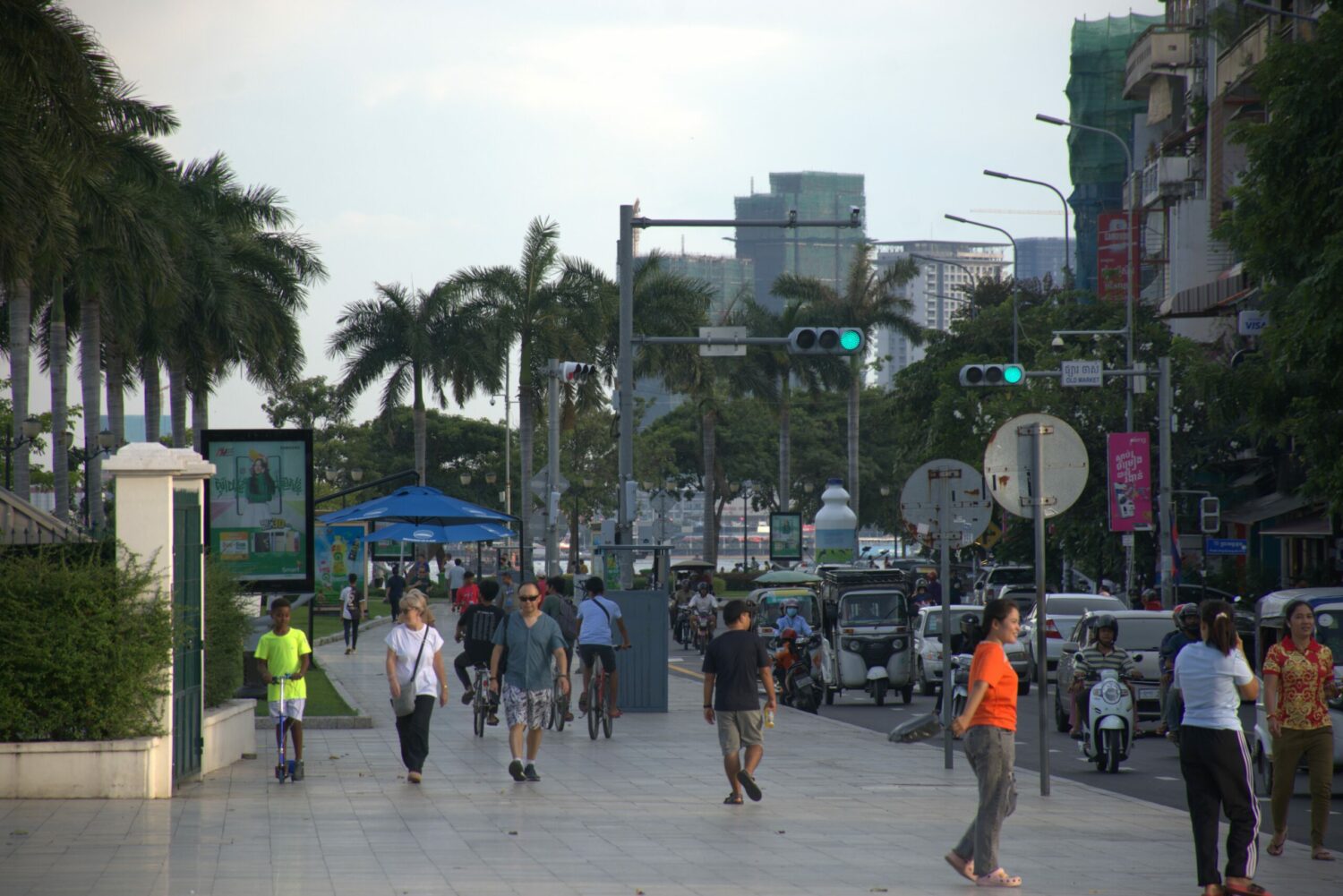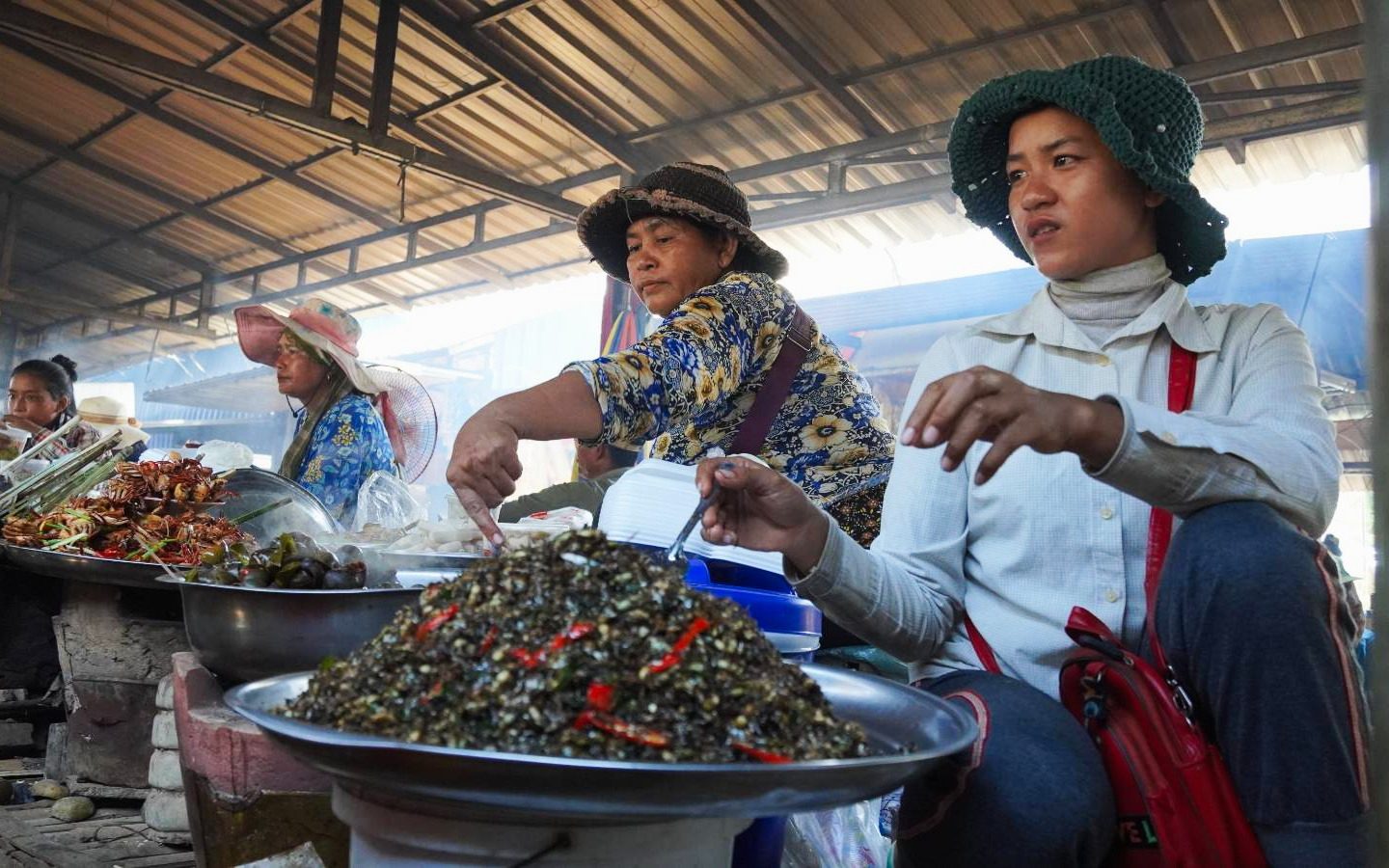 Heimkhemra Suy holds a master’s degree in public policy from the Australian National University.
Heimkhemra Suy holds a master’s degree in public policy from the Australian National University.
The expected signing of a free trade agreement between Cambodia and China is building off an existing trade relationship that was valued at $7.4 billion in 2018. And China has previously promised to push the countries’ bilateral trade to $10 billion by 2023.
But in order for the Cambodia-China Free Trade Agreement (FTA) to improve Cambodia’s economic competitiveness, garner Chinese investment that produces jobs for Cambodians and benefit more Cambodians’ pocketbooks at large, the government must ensure the deal has the nation’s and the people’s interests at heart.
The theoretical argument for free trade deals rests in economic efficiency, as each signatory nation can carry out the economic activity in which they specialize, participate in international trade and become better off than they would when operating economically independent. In this context, Cambodia is poised to leverage the nation’s rice industry, with further development in the sector, while China’s economic efficiency lies in manufacturing, so each party may benefit by investing further in these comparative advantages.
More specifically, an FTA offers an exporting country either reduced or no tariffs on its goods exported to another country, making prices more competitive and ideally expanding Cambodia’s exports to China. In terms of rice — the dominant good among Cambodia’s exports to China — buyers would be able to purchase the goods at a lower overall price when they are not paying tariffs, thus increasing demand for Cambodian rice and providing more jobs and income to local farmers.
Then, the government could use economic gains and surplus from its increased exports to purchase more of the products that come at a high opportunity cost to Cambodian producers — or products like electronic devices that local producers cannot make, or cannot make efficiently.
Though the forthcoming FTA gives reason for optimism, Cambodia should pay attention to fairness in its bilateral relationship. Considering China exports much more to Cambodia than the opposite, with the powerhouse economy exporting more than $6 billion in 2018 to Cambodia’s about $1.4 billion in exports, more Chinese producers stand to benefit from the tariff reductions. The Cambodian government will also lose some tax revenue without import taxes on China, though free trade proponents would argue that this loss could be balanced by gains from Cambodia’s increased exports to China, as a result of the FTA. And in looking for a new source of tax revenue, Cambodia could consider implementing domestic consumption taxes — which would transfer burdens onto consumers in Cambodia.
The FTA might cement China’s economic dominance in Cambodia. But it appears that Cambodia has already become dependent on Chinese-produced raw materials to support the garment industry, as seen when dozens of factories suspended production near the start of the global Covid-19 pandemic, both because China could not export raw textile materials and international buyer demand plummeted alongside slumping consumer demand.
China also supplies some 40 percent of Cambodia’s foreign direct investment and holds half of Cambodia’s public external debt, valued at $7 billion in 2018. When the E.U. announced in February that Cambodia’s “Everything But Arms” (EBA) preferential trade status would be partially withdrawn effective this month, it intensified concerns among some analysts that China’s dominance in the country would become even more pronounced.
Details of the Cambodia-China FTA are still under wraps, but comparing Cambodia’s export statistics between China and the E.U. suggest that the FTA would only make up a limited segment of the partial loss of tariff-free trade with the E.U., Cambodia’s second-largest trade partner in 2019.
Although China was Cambodia’s largest trade partner last year, some 95 percent of Cambodia’s exports to the E.U. were textiles, footwear, bicycles and foodstuffs, including rice, while Cambodia mostly exports food and raw materials to China. As a result, the FTA likely won’t lessen the strain of the partial loss of the EBA, which the International Monetary Fund has said could lead to tens of thousands of jobs lost in the garment sector.
For Cambodia, trade diversification is key. Reliance on one country has made Cambodia less elastic to external risks, seen in the shockwaves sent through the China-dependent tourism and garment industries resulting from the Covid-19 pandemic. Instead, FTA terms should be driven by Cambodia’s domestic demand and supply, either focusing on existing export products or promoting new products that could be feasibly exported. Similarly, Cambodia can seek to diversify its import suppliers to achieve better deals.
The FTA should help Cambodia’s products become more competitive, but the country should also aim to strengthen the quality of its exports to attract other markets as well. The government could do this with fiscal support to local companies, with an aim of steering companies to focus on developing products for export.
Questions remain over whether this FTA would generate inclusive growth and benefit Cambodians across socioeconomic classes, with fears that lifted tariffs would result in Chinese firms dumping products into Cambodia. In addition, local firms might not be able to compete with the production capacity of Chinese companies. Further, there are concerns that additional Chinese investment would not bring jobs and developments that benefit the majority of Cambodians.
Thus the necessity for the government to steer prospective Chinese investors to ensure they contribute to local development. Key local products should be identified and supported so that Cambodian producers can experience not just the risks and downsides, but also some of the benefits of free trade.













